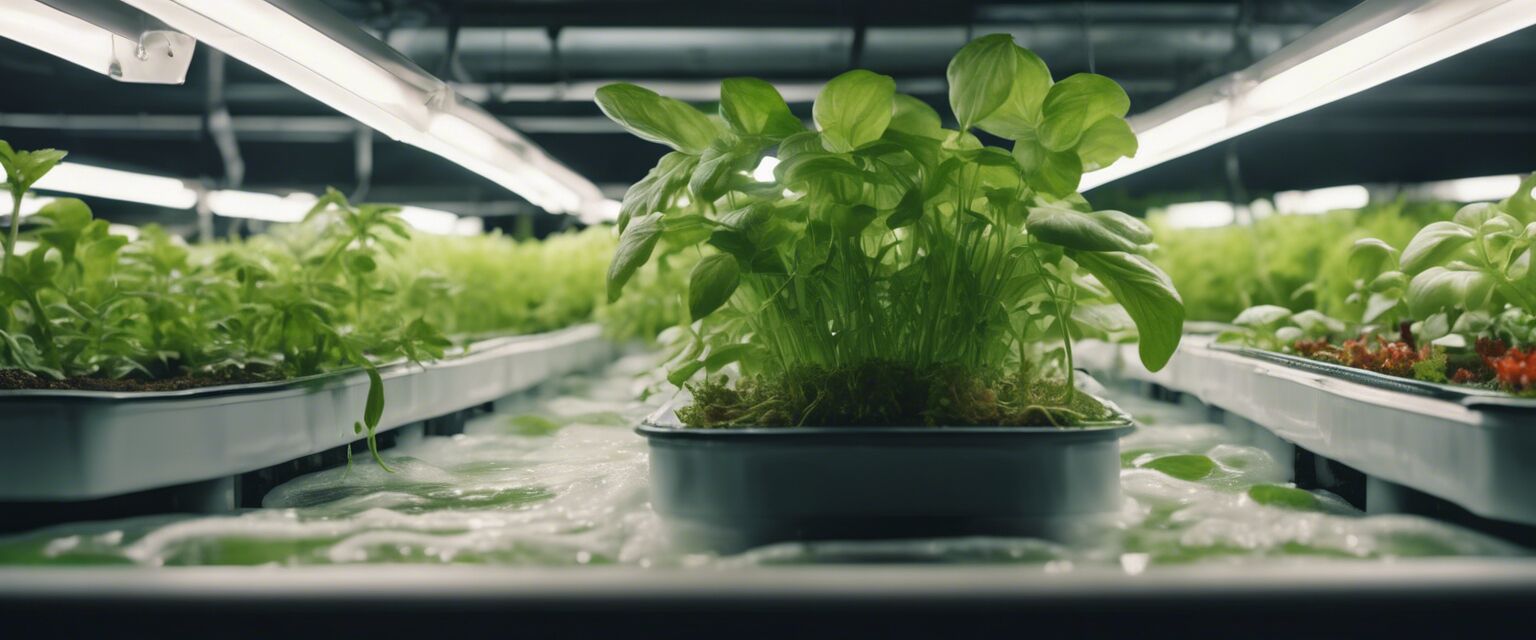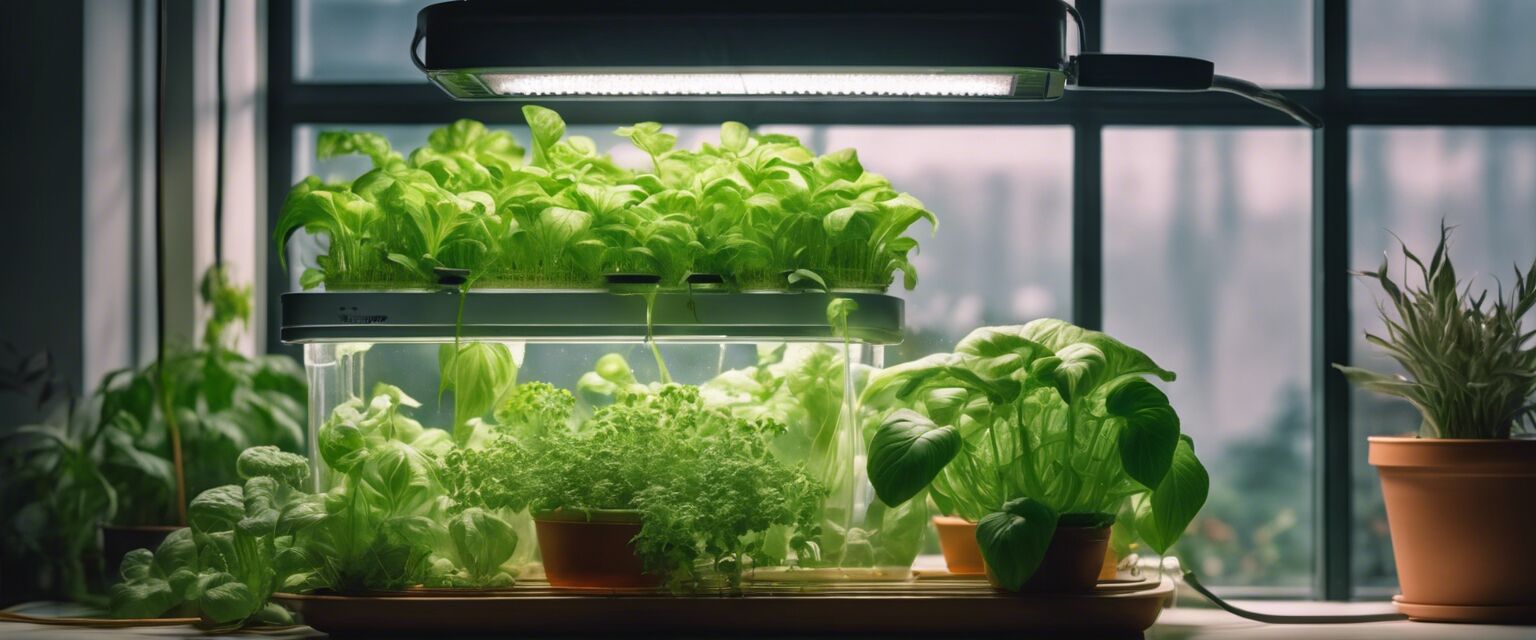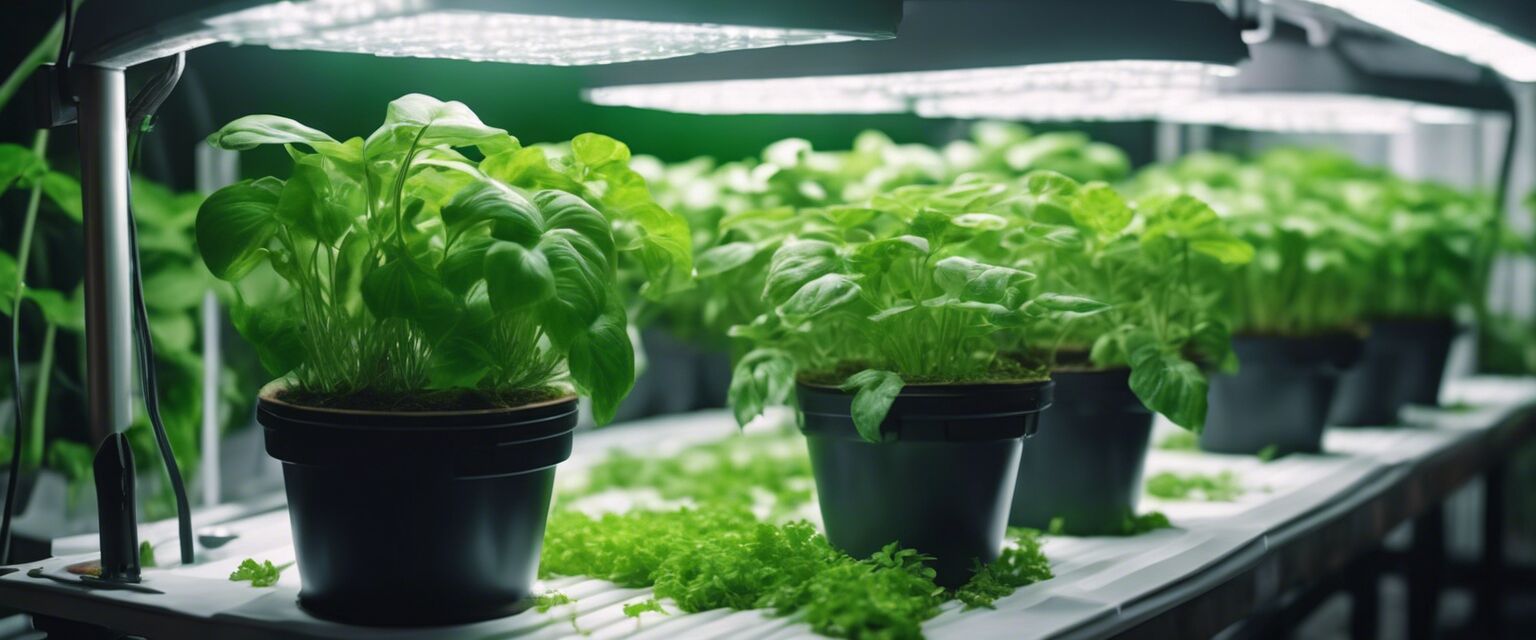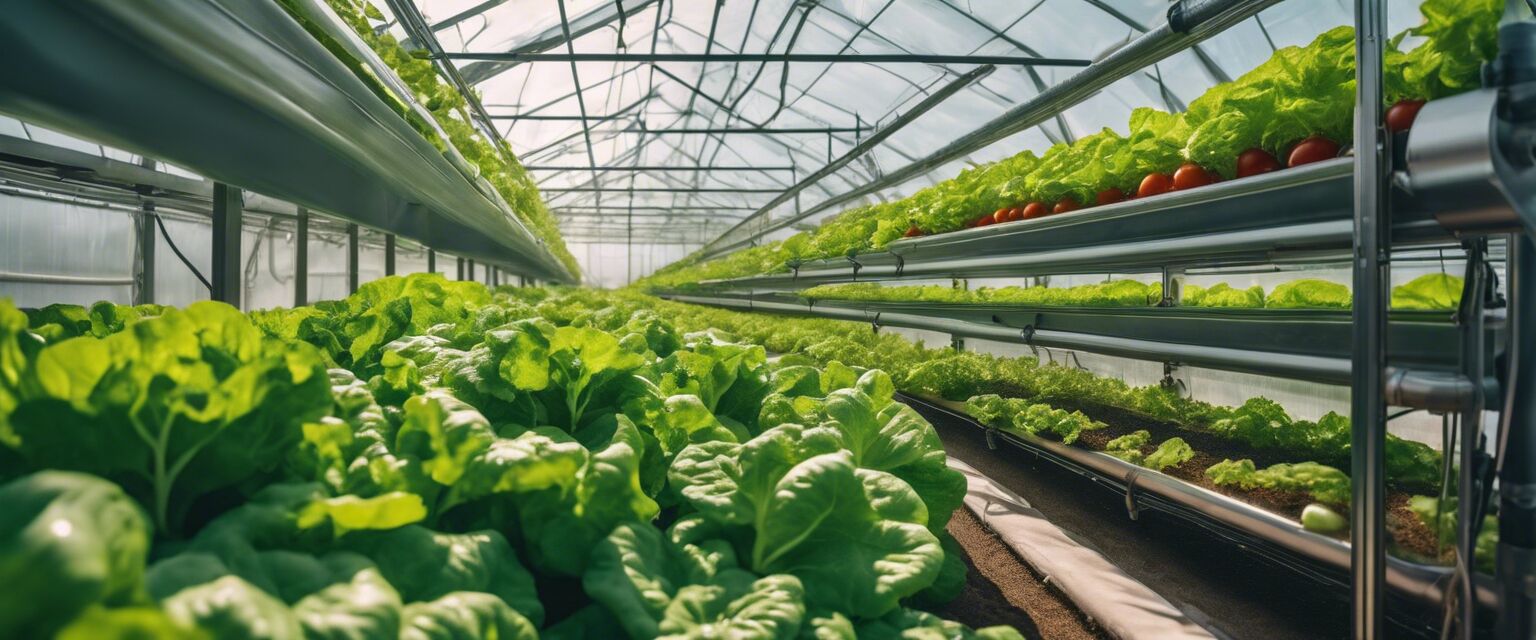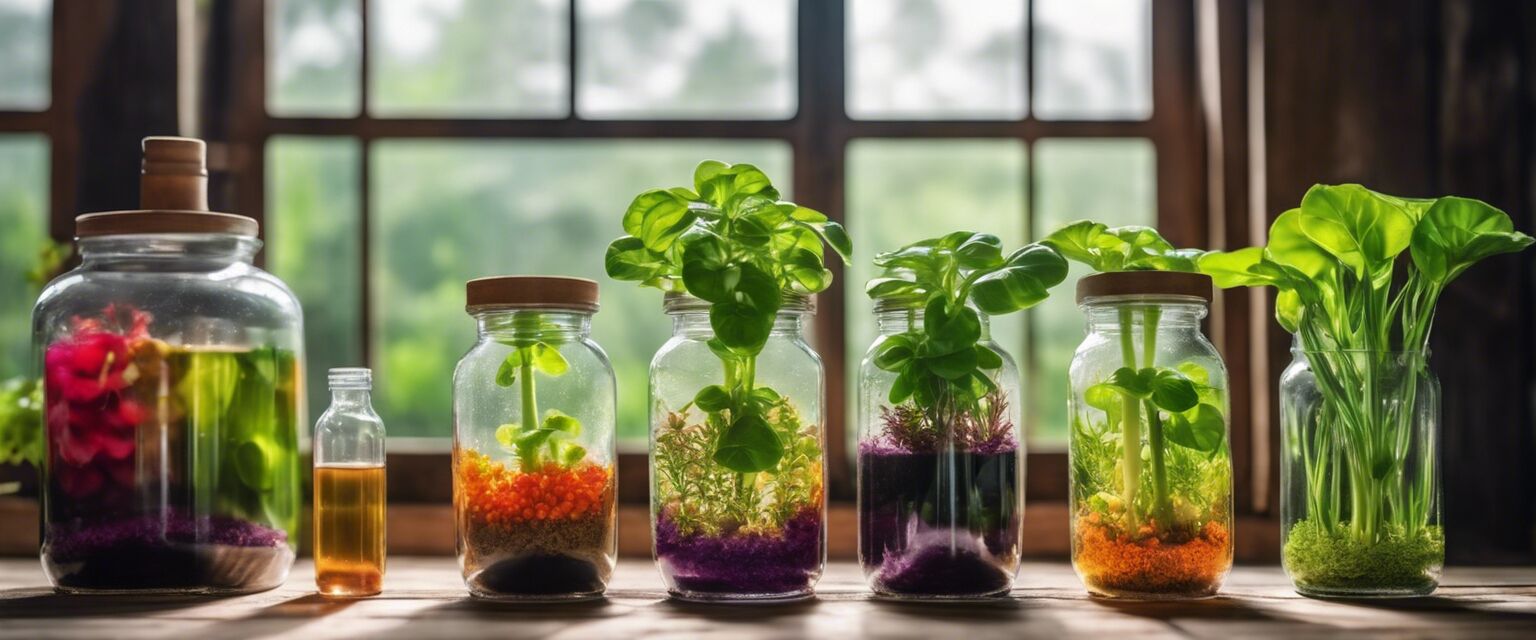
Hydroponic Nutrients and Fertilizers
Key Takeaways
- Hydroponic gardening requires specific nutrients for optimal plant growth.
- Understanding the macronutrients and micronutrients is essential.
- Different plants have varying nutrient needs throughout their growth stages.
- Using the right fertilizers can enhance yield and plant health.
- Regular monitoring and adjustment of nutrient levels are crucial for success.
Hydroponic gardening is an innovative and efficient way to grow plants without soil, relying instead on nutrient-rich water solutions. One of the most important aspects of successful hydroponic gardening is understanding the nutrients and fertilizers that your plants require. In this article, we will explore the best hydroponic nutrients and fertilizers, how to use them effectively, and tips for maintaining optimal nutrient levels for your plants.
Understanding Hydroponic Nutrients
Plants need a variety of nutrients to thrive, which can be broken down into two main categories: macronutrients and micronutrients.
Macronutrients
Macronutrients are required in larger quantities and include:
- Nitrogen (N): Essential for leaf growth and overall plant health.
- Phosphorus (P): Important for root development and flowering.
- Potassium (K): Aids in water regulation and disease resistance.
Micronutrients
Micronutrients are needed in smaller amounts but are equally crucial:
- Iron (Fe): Vital for chlorophyll production.
- Calcium (Ca): Important for cell structure and growth.
- Magnesium (Mg): Necessary for photosynthesis.
Types of Hydroponic Fertilizers
Hydroponic fertilizers come in various forms, each with its advantages. Below are the most common types:
| Type | Description | Advantages |
|---|---|---|
| Liquid fertilizers | Concentrated nutrient solutions mixed with water. | Easy to apply and adjust. |
| Granular fertilizers | Slow-release nutrients that dissolve over time. | Less frequent application needed. |
| Organic fertilizers | Derived from natural sources like compost or seaweed. | Improves soil health and is environmentally friendly. |
How to Use Hydroponic Nutrients
Using hydroponic nutrients effectively involves understanding the needs of your specific plants and adjusting your nutrient solution accordingly.
Step-by-Step Guide
- Choose the right nutrient solution based on your plants' growth stage.
- Measure the appropriate amount of nutrient solution to mix with water.
- Monitor the pH level of the solution (ideally between 5.5 to 6.5).
- Check the electrical conductivity (EC) to ensure nutrient concentration is optimal.
- Regularly replace the nutrient solution to prevent nutrient depletion.
Monitoring Nutrient Levels
Regular monitoring is essential for maintaining the right balance of nutrients. Below are some tips on how to effectively monitor nutrient levels:
Tips for Monitoring Nutrient Levels
- Use a reliable pH meter to check acidity levels.
- Invest in an EC meter to measure nutrient concentration.
- Observe plant health for signs of nutrient deficiencies or excesses.
- Adjust nutrient levels based on growth stage and environmental conditions.
Common Nutrient Deficiencies in Hydroponics
Identifying nutrient deficiencies early can save your plants from severe damage. Here are some common deficiencies:
| Nutrient | Symptoms |
|---|---|
| Nitrogen | Yellowing leaves, stunted growth. |
| Phosphorus | Purple discoloration on leaves, poor root development. |
| Potassium | Brown leaf edges, weak stems. |
| Iron | Chlorosis (yellowing) between leaf veins. |
Best Practices for Hydroponic Gardening
To maximize your hydroponic garden's potential, follow these best practices:
- Regularly test and adjust pH and EC levels.
- Use quality nutrient solutions tailored to your plants.
- Keep a log of nutrient adjustments and plant responses.
- Stay informed about new hydroponic gardening techniques.
Conclusion
Hydroponic gardening can yield impressive results when the proper nutrients and fertilizers are utilized. By understanding the needs of your plants and implementing the right strategies, you can create a flourishing hydroponic garden. Remember to monitor nutrient levels closely and adjust them as needed to ensure your plants receive everything they need to thrive.
Pros
- Efficient use of water and space.
- Faster growth rates compared to traditional gardening.
- Year-round production of fresh produce.
- Less risk of soil-borne diseases.
Cons
- Initial setup costs can be high.
- Requires careful monitoring and management.
- Potential for nutrient imbalances.
Explore More
If you're looking to dive deeper into hydroponic gardening, check out our other resources:
